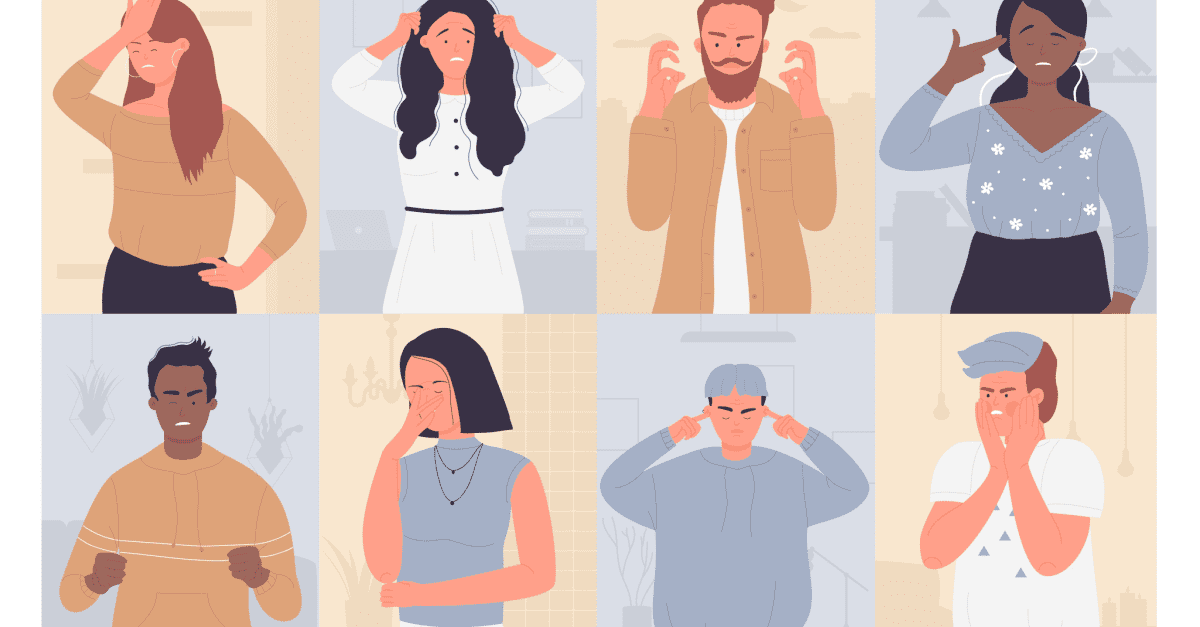
Be Careful About What Your Body Language is Saying
People are watching and evaluating your non-verbal communication. You must be careful that you are not sending the wrong message.
During a recent training on Virtual Selling Skills that I was conducting, a leader told the group an interesting story on the power of non-verbal communication.
He and his team were on an important virtual meeting with one of their top clients. Everyone was on video and the meeting went really well, or so he thought.
Minutes after the conclusion of the session, the client called the leader to specifically ask what was wrong with Joe, one of the people on the leader’s team. This leader asked why?
The client said that during the call Joe had a frown on his face, looked disengaged and at times irritated. The leader told the client that he’d find out if there was an issue. He called Joe and relayed this information.
Joe was genuinely stunned upon hearing this, recalled the leader and had no idea he was coming across this way. Zero. His non-verbal facial expressions caused the client to think something totally different than what reality was. In this case, it didn’t cause harm with the client relationship, but it could have.
From that point forward, the leader implemented a pre-call planning item around the being aware of your non-verbal communications.
Six Ways to Evaluate Non-Verbal Communication:
Non-verbal communication is more important than you think. I’ve read various studies that pin the percentages of this form of communication in a conversation between 70-80% – meaning people are communicating with each other without saying a word more often than you know.
- Eye Contact. Are they looking at you or do their eyes tell a different story of engagement? Is their gaze “intense” or “comforting”?
- Tone of Voice. Does their voice come across in a calming, soothing, confident way or is their tone harsh and their speech rushed?
- Facial Expressions. Like Joe in the earlier story, do their facial expressions match up to what they are saying or is there something that is different? A lot people call this your “resting” face. For example, have you ever been sitting on a couch and a spouse (or friend) has made the comment “what’s wrong”? They are looking at your resting face and interpreting your expression to mean something. Most of the time, nothing is wrong, but your face is telling a different story.
- Posture, Gestures. Do they look rigid, as if they are hiding something or are they relaxed and open? In a virtual setting, are they leaning too close to the camera or hunched over? This comes across as if they are hiding something or not confident in what they are saying.
- Touch. If you are in person, do they use touch to reinforce points? For instance, a small pat on the back or a heartfelt handshake. Or, are they too quick with the handshake? Even in the Pandemic era, we can read human touch non-verbally.
- Sounds. Do they make small sounds during the conversation – a “hmmm” or a “uh-huh” perhaps? Are these sounds indicating acceptance or disagreement.
Be Intentional With ALL Communication
You must be intentional with all forms of your communication, as well as aware of other people’s communication beyond just spoken words. Reading people is a trait that ultra-high performers have mastered and their income reflects this. Message matters.
Keith Lubner teaches you how to influence buying decisions in his new on-demand course How to Leverage Three Cognitive Biases to Make Your Sales Messages More Memorable Take this course and hundreds of others anytime, anywhere, and on any device on Sales Gravy University. This is sales training reinvented!
About the author
Keith Lubner
Keith Lubner is Chief Strategy Officer at Sales Gravy and acts as an advisor,…
Get FREE Sales Training Delivered to Your Inbox
Join more than 360,000 professionals who get our weekly newsletter.
Related Articles

Learn Online
Self-paced courses from the
world's top sales experts

Virtual Training
Live, interactive instruction in small
groups with master trainers

Coaching
One-to-one personalized coaching
focused on your unique situation






